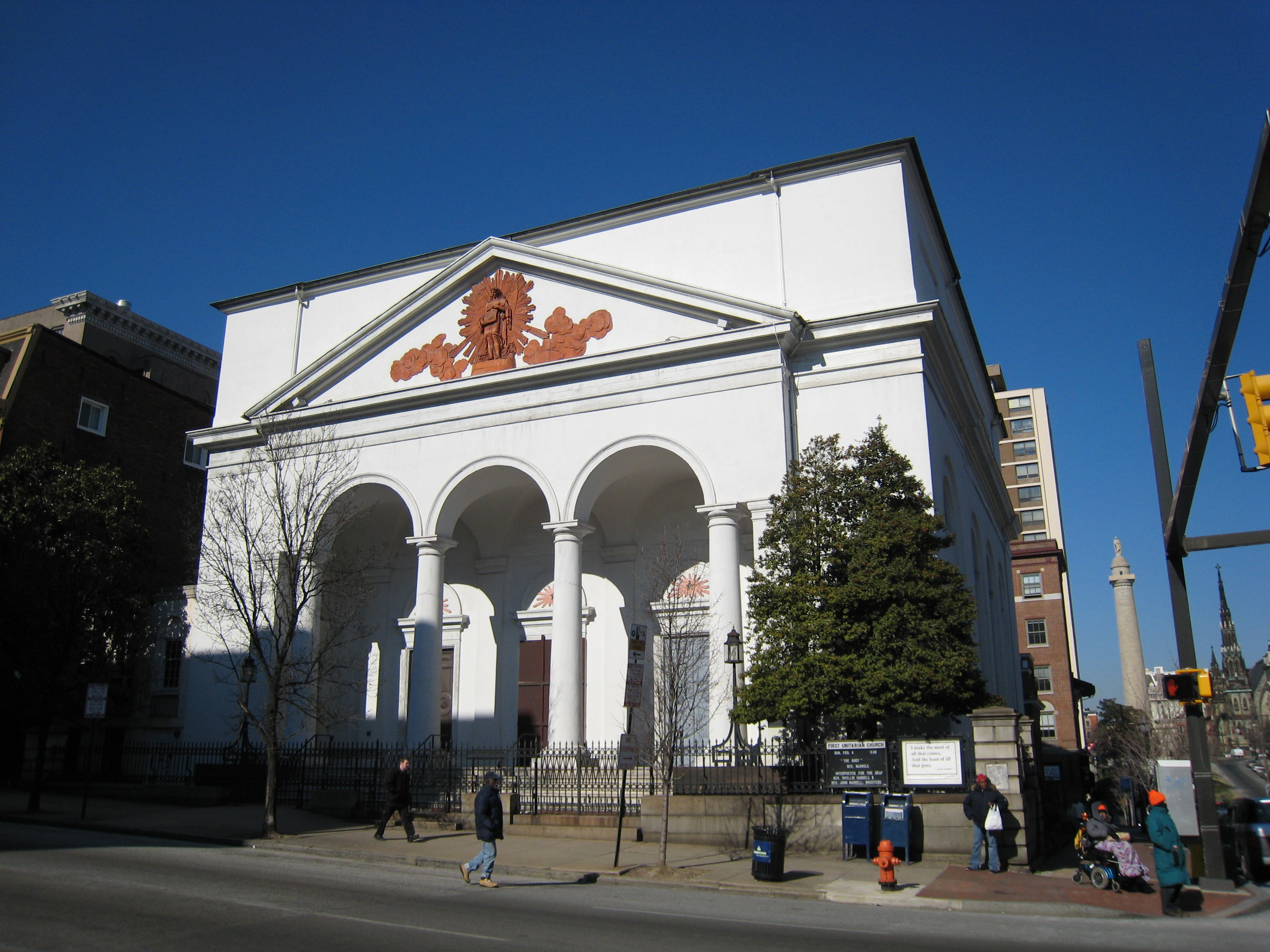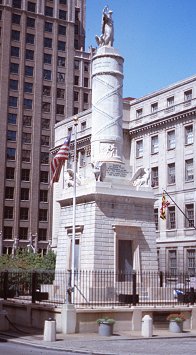The Baltimore Building of the Week is St. Mary’s Seminary Chapel at 600 North Paca Street in Seton Hill– the first seminary established in the United States. Over two dozen photos of this important building were taken by the Historic American Building Survey in 1936 and tours of both the St. Mary’s Seminary Chapel and the Mother Seton House are offered every day of the week.

At a time when neoclassical architecture was in style, this gothic chapel, built in 1808, was an anomaly. Indeed, it is probably the first Gothic Revival building in the United States. It ushered in an era of eclecticism, in which architects worked different styles at the same time. The architect here was Maximilian Godefroy, recruited as a faculty member at St. Mary’s Seminary, founded in 1781 as Baltimore’s first institution of higher education. Godefroy was clearly happier in the neoclassical style (at the Battle Monument and the First Unitarian Church). The chapel is stiff and symmetrical, with “flying buttresses” facing the wrong way, but it pleased his patrons – Sulpician fathers homesick for the gothic monuments of their native France. The Seminary moved to Roland Park in 1927, but the Sulpicians should be congratulated for continuing to maintain this important building.





